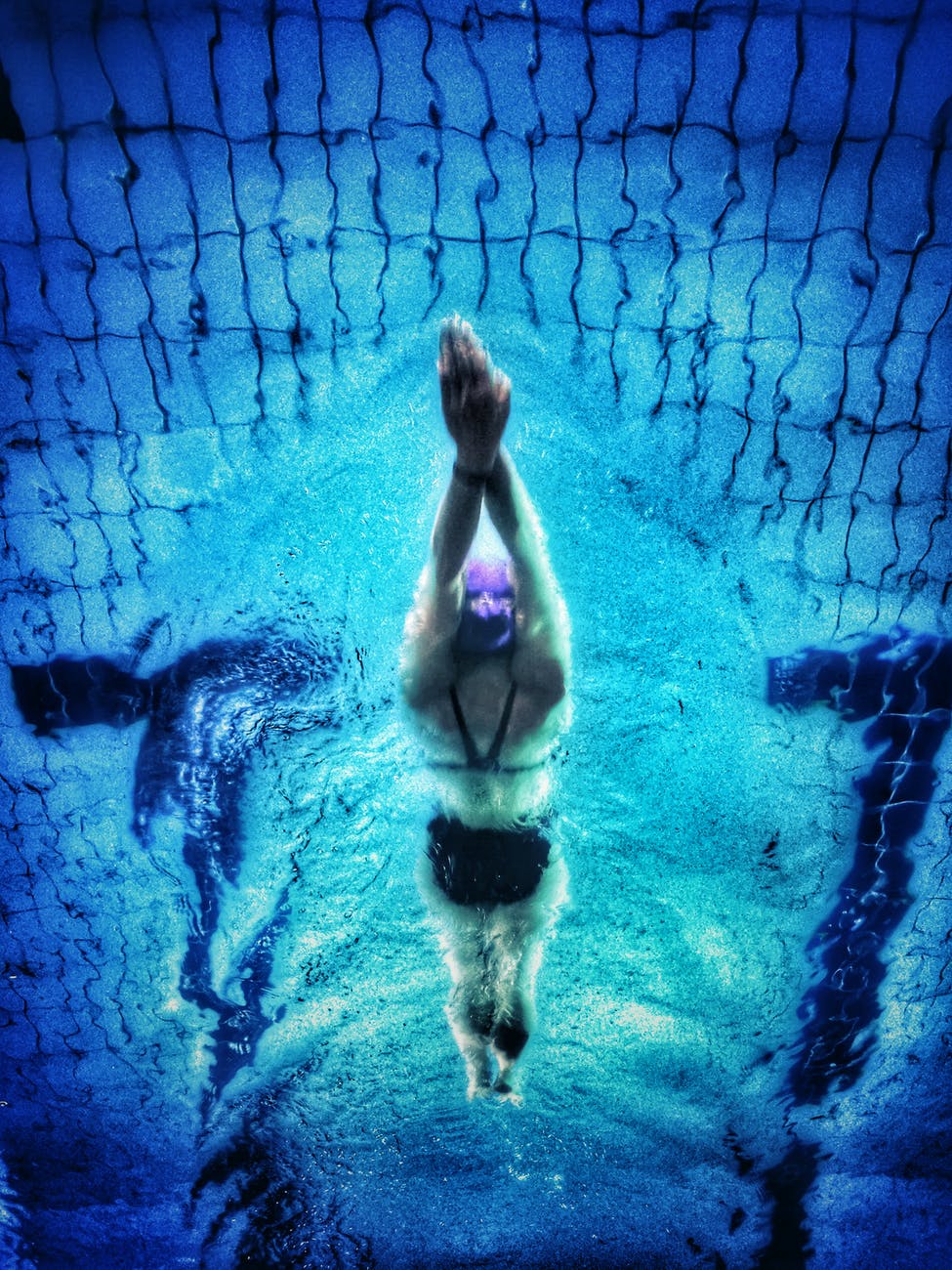Cross-Training: What Different Activities Bring to Your Dancing

Last time, we looked at how we can improve our dancing by cross-training with other activities we love. But surely, you can’t just run off to play some soccer and expect it to improve your port de bras?
Of course different activities will improve your dancing in different ways, so it’s wise to choose carefully. Here are some of the best one’s for dancers.
- Pilates – Definitely worth trying, as the exercises help to strengthen the core muscles, which we need for correct posture. Pilates can give your limbs greater extension and a more ‘free’ movement. And as a bonus, it targets specific muscles and joints, giving you some insight into what hurts and where.
- Swimming – There’s a stroke for that. Swimming offers a low-impact way to stretch and strengthen different parts of your body. The backstroke for example, will stretch the front part of the chest and strengthen your back. Try running underwater or treading if you want to bring your stamina up.
- Skiing – Besides giving you an excuse to get some fresh air, skiing is great for improving the internal rotation of the legs (we use this during ‘the bathroom dance’), and for working in parallel position. And as Canadians, we have to go through winter anyway, why not suck it up and enjoy it?
- Biking – Recommended if you want to strengthen quads and glutes, but aim for low-resistance, and use a bike you can sit upright in. Leaning forward over the handlebars will cause the hip flexors to shorten.
- Strength Training – The most obvious choice if you’re struggling with a fish-lift, strength training does not build bulk, so long as you use heavier weights for fewer repetitions. Just find the heaviest weight you can lift doing 3 sets, at 6-8 lifts per set, and target the muscle group of your choice. Reduce that before a performance, so you don’t tire out after your second grand jeté.
- Endurance Training – If you’re pressed for time and looking to dance more on the social level, why not keep it simple? Running up the stairs, walking briskly for 30-40 minutes, or using the stationary bike or elliptical are all good ways to keep the breathing easy on the social dance floor.
A final caveat: Some activities might bulk up parts of your body, which can take away from the look of your movement. I’ve tried to list all the activities recommended for dancers to strengthen without bulking (let me know if you find more!), so tread carefully when cross-training with other activities.
Also, these activities should be done in addition to your other dance training, not instead of. Otherwise, you’ll be using your dancing to supplement your swimming, not the other way around!
Credits
About the Author
Ian Crewe has been dancing ballroom for almost 20 years, and has a Licentiate in American smooth and rhythm. His passion for dance and his endless seeking for ways to reach new audiences eventually led him to blogging and the World Wide Web. Ian currently teaches ballroom at the Joy of Dance Centre, Toronto, ON, Canada.


Pingback: Cross-training, and 4 Ways it Helps Your Dancing | Joy of Dance
April 19, 2018 6:36 pm